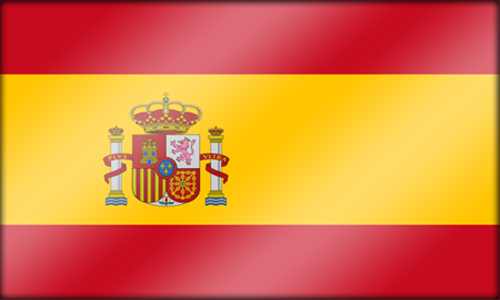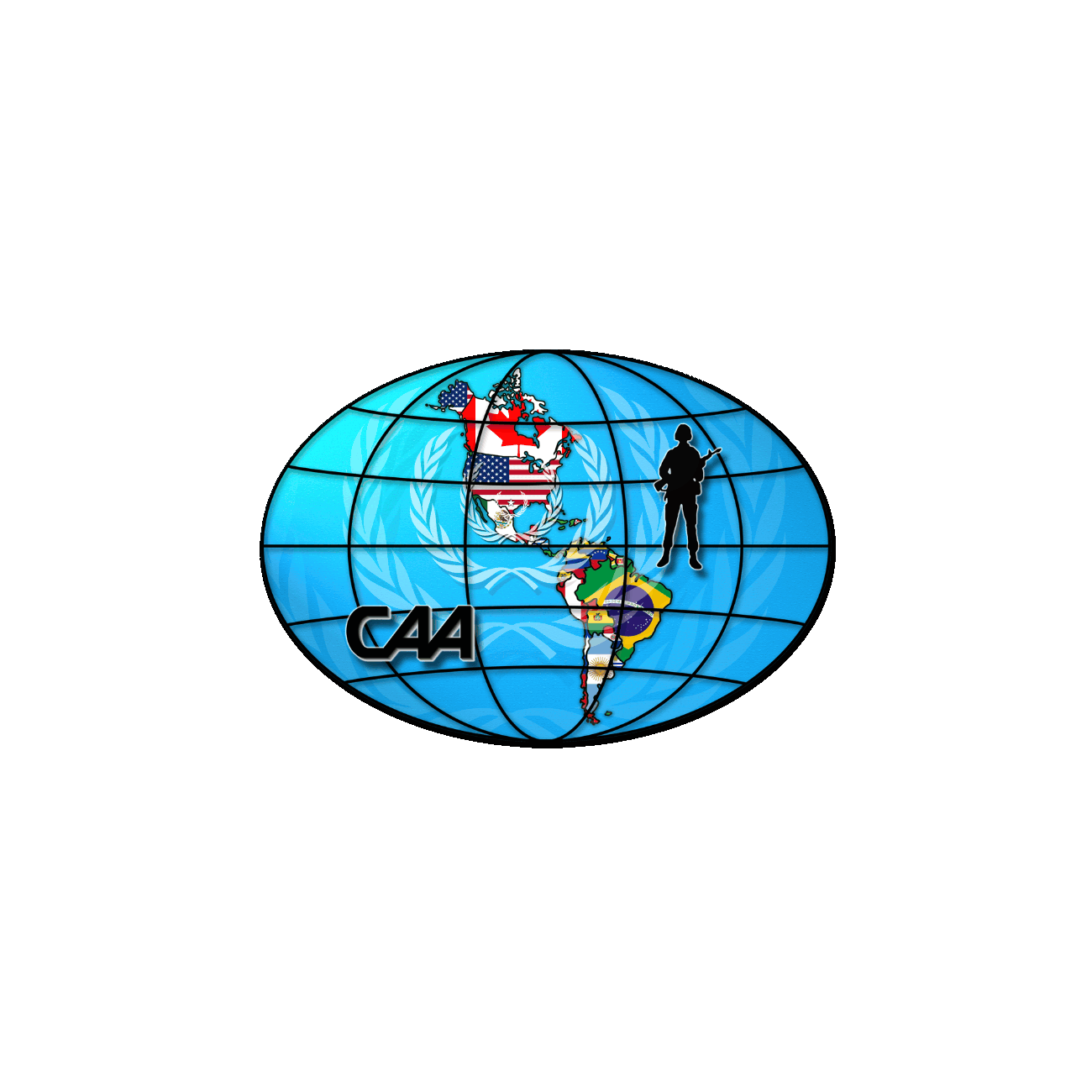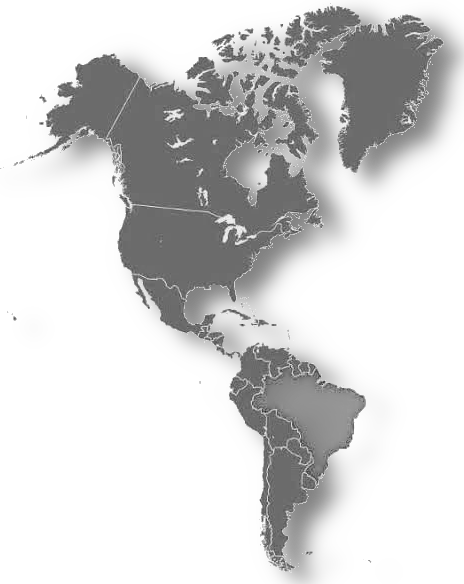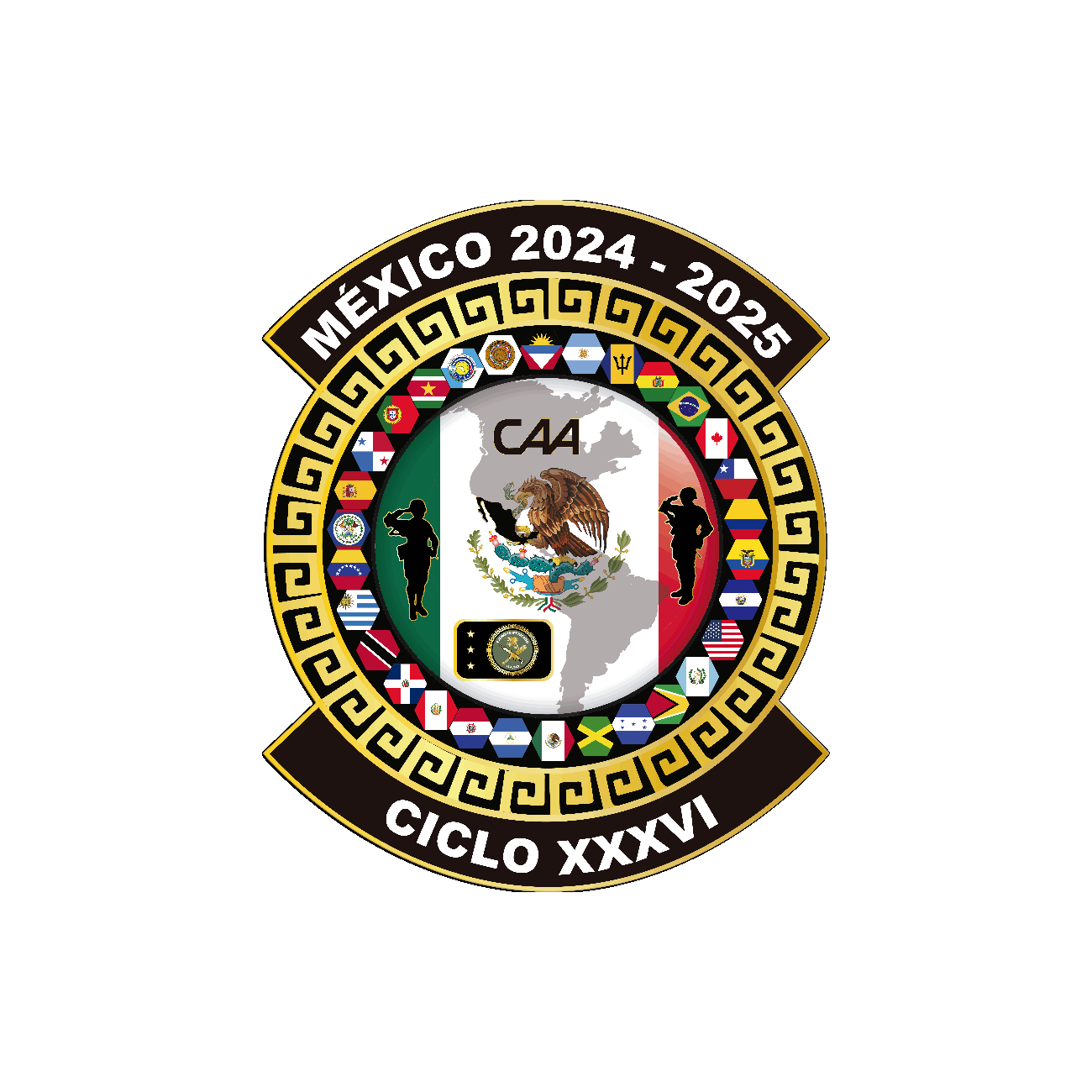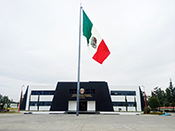History and Evolution
The first Conference of American Armies was held between August 8 and 12, 1960, at Fort Amador in Panama; during this time, a formal creation document was not structured, only the initial objective was established, which was: “The Convocation of the Armies of America, to address common issues that help achieve a synergy of our armies in the region and thus to be able to face in a combined and comprehensive manner possible threats against our continent.
The CAA was founded by the following 17 American Armies:

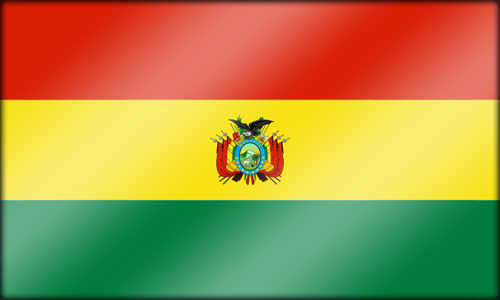
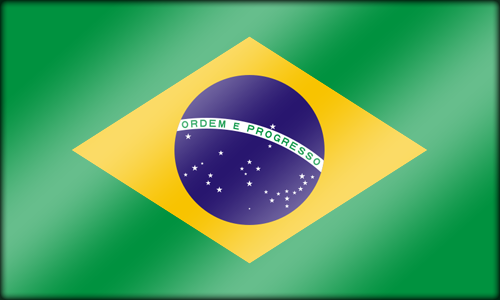
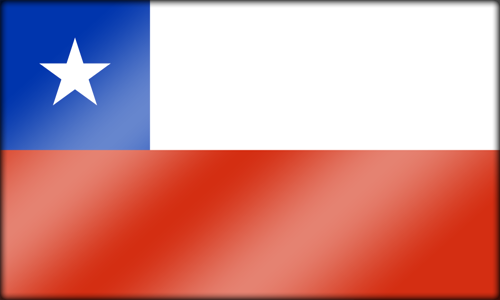
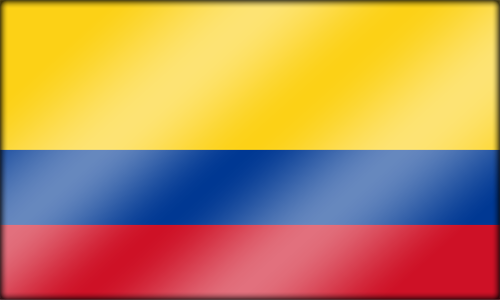
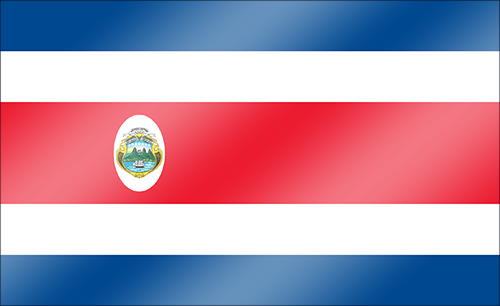
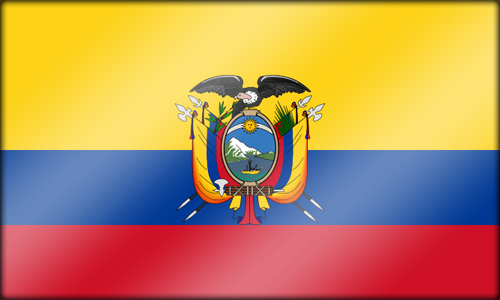
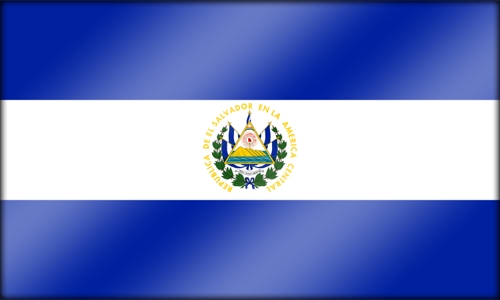
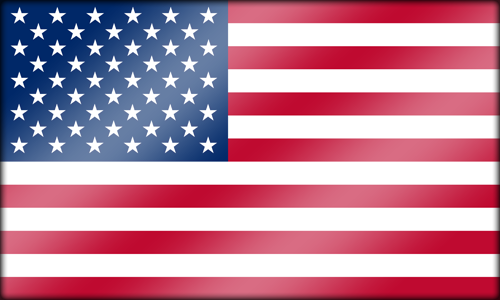
States
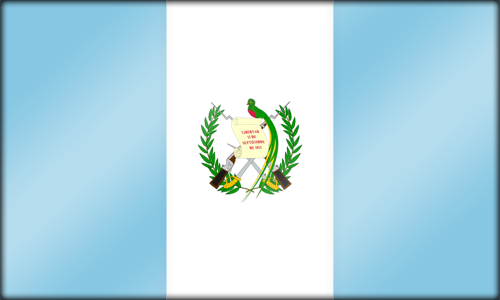
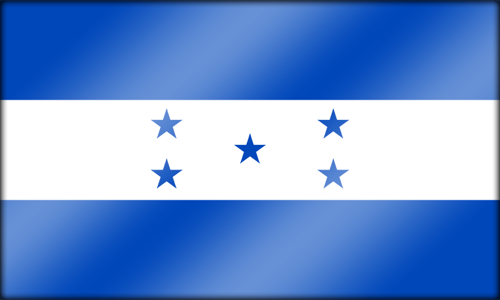
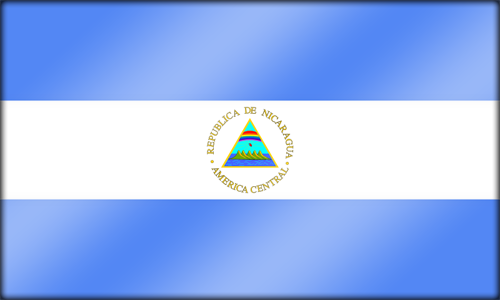
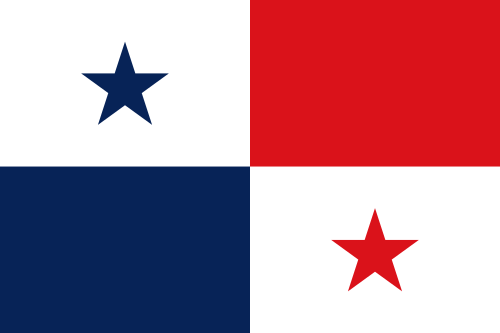
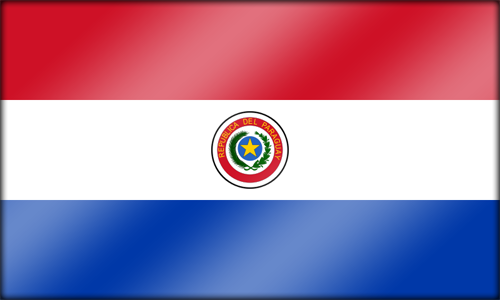
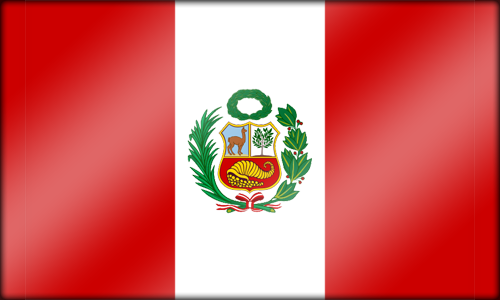
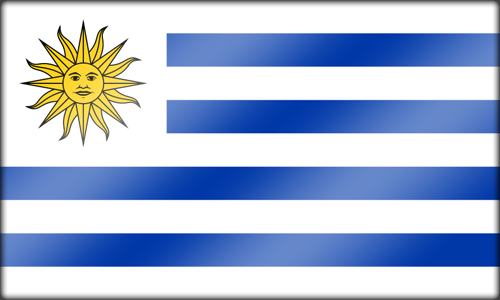
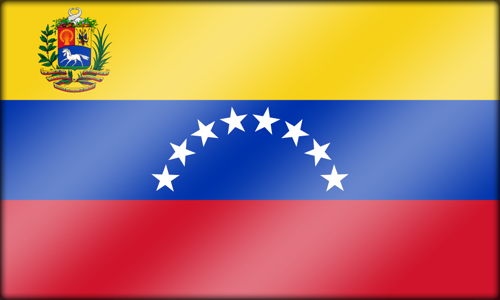

During the first five (5) years of the Conference of American Armies, the same procedure was followed and only agreements related to issues in each of them will be made, as follows:
- 1960: Operations, Logistics, Science and Information Technologies.
- 1961: Personnel, intelligence, operations, logistics, civic action and military police.
- 1962: Logistics.
- 1963: Intelligence and Communications.
- 1964: Personnel and Operations.
During the sixth (6) Conference of American Armies in 1965, thanks to the success of the previous conferences and with the participation of eighteen (18) countries of the continent, an agreement was signed that materialized the basis of the commitment of the member countries and the rules of operation of this organization, being established as its “Creation Act“, which among other aspects indicates:
… That the purpose of the American Armies to continue holding meetings of a continental nature. “
In addition to the above, all member armies must:
a. Designate an assistant for all visiting senior delegates.
b. Establish the general secretarial service and provide the necessary qualified personnel.
c. Issue the invitations for the conference and establish exactly the date, place, transportation facilities and any other details and additional arrangements.
d. Formulate and distribute the corresponding report to the delegations in due time.
e. Cost the expenses of three (3) delegates from each country and of the invited speakers, while they are in the organizing country. Round trip transportation costs will be the responsibility of each country.
f. Consider the possible attendance of an observer from the military organizations of the inter-American system.
On the tenth (10) day of the month of November, one thousand nine hundred and sixty-five (1965), at the facilities of the Superior War College of the Army of Peru(Lima); In witness to the agreement, representatives of Argentina, Bolivia, Brazil, Colombia, Costa Rica, Chile, Ecuador, El Salvador, U.S.A., Guatemala, Honduras, Mexico, Nicaragua, Panama, Paraguay, Uruguay, Venezuela and Peru signed … “
Among the objectives of the organization, the determination of the common aspects existing between the armies and the practical initiatives to improve interoperability, as well as ensuring creative, updated products of practical utility for the Armies stand out.
The CAA Headquarters rotate among CAA member armies every two (2) years and has a Permanent Executive Secretariat who accompanies the Headquarters. The main purpose of this Secretariat is the faithful compliance with the Regulations of the CAA and the Agreements signed by the Commanders in the previous cycle, therefore, the Permanent Executive Secretary of the CAA (PESCAA) functions as a catalyst for the Events of the Cycle.
The CAA’s cycle of activities foresees, among other initiatives, holding of specialized conferences, exercises, an Ad-Hoc committee, a preparatory meeting and a conference of commanders.
The Conference of Commanders of American Armies is the culminating event of the CAA. The Commanders or Chiefs of Staff of the Member and Observer Armies participate in it, as well as the Presidents of the Inter-American Defense Board and the Conference of the Central American Armed Forces. During the Commanders’ Conference, the proposals that were formulated in the specialized conferences, Ad-Hoc committee, exercises are ratified, the mandatory theme and all CAA events for the next cycle are all discussed.
MEMBER ARMIES

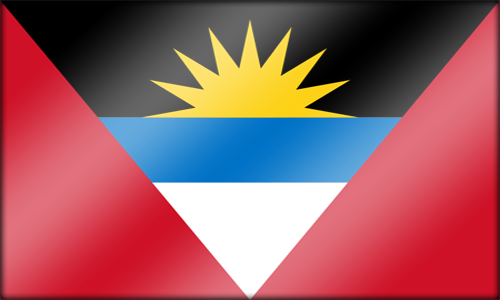
& Barbuda



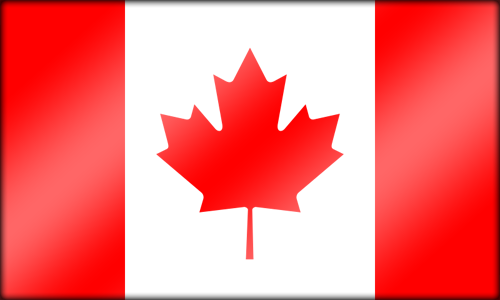





States



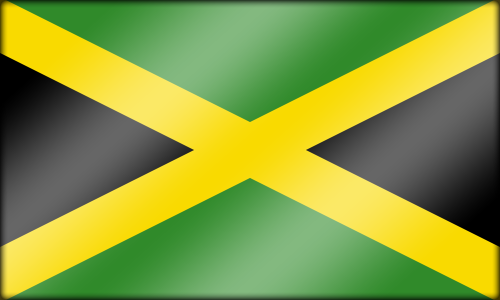
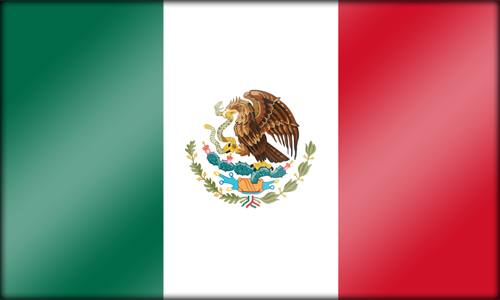




Republic
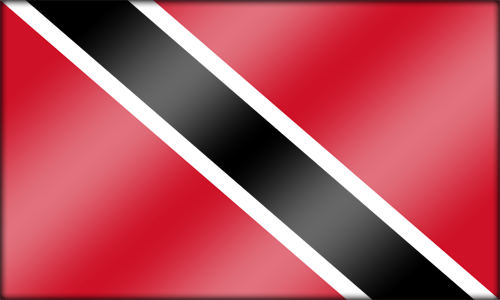
and
Tobago


Observer armies
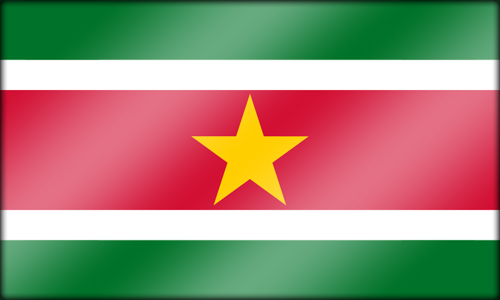
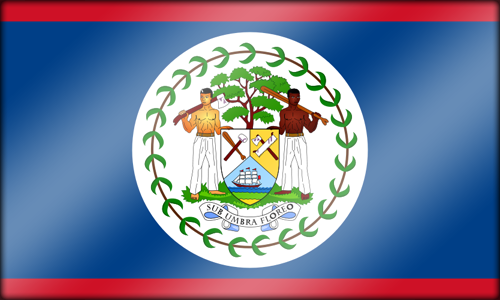
Observer Organizations
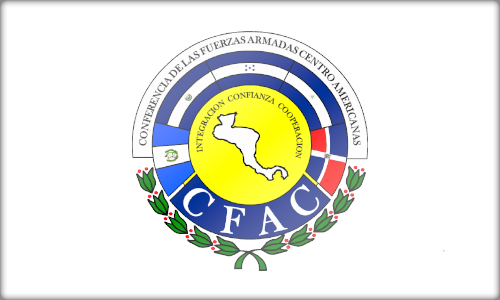
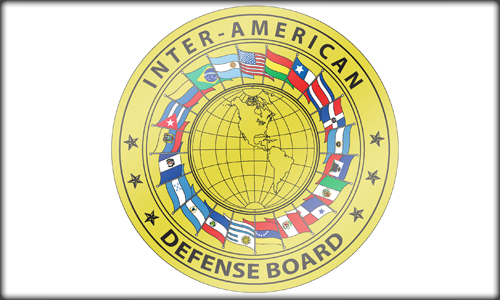
Special Observers

